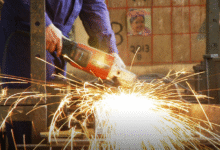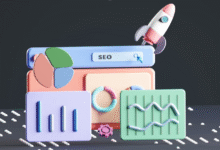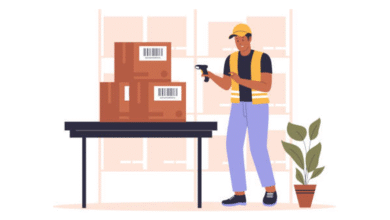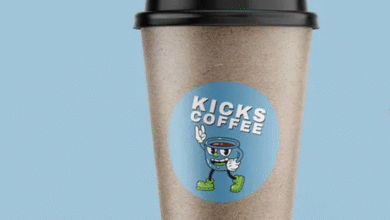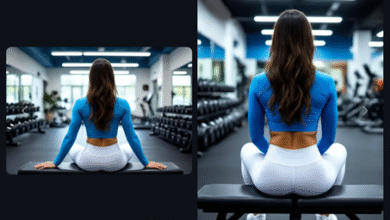Mutf_In: Tata_Nift_Capi_Lo8ggq

Mutf_In: Tata_Nift_Capi_Lo8ggq marks a significant shift in interior design by integrating technology with sustainable practices. This initiative fosters collaboration among designers, stakeholders, and users, creating a co-creation process that enhances both creativity and functionality. As it redefines aesthetic approaches with an emphasis on eco-friendliness, the implications for the future of design are profound. What transformations might emerge from this innovative framework?
The Vision Behind Mutf_In
The vision behind Mutf_In embodies a transformative approach to contemporary design, aiming to bridge the gap between innovation and tradition within the realm of interior aesthetics.
This design philosophy emphasizes enhancing user experience by harmonizing functionality with artistic expression.
Key Innovations and Technologies
Revolutionizing the landscape of interior design, Mutf_In integrates cutting-edge technologies that redefine user interactions within spaces.
By leveraging sustainable materials, the initiative promotes eco-friendly practices while enhancing aesthetic appeal.
Additionally, digital prototyping facilitates rapid design iterations, allowing for innovative solutions tailored to individual needs.
This harmonious blend of technology and sustainability empowers designers to create functional, inspiring environments that resonate with freedom and creativity.
Collaborative Design Process
Emphasizing the importance of teamwork, the collaborative design process fosters a dynamic environment where diverse perspectives converge to shape innovative solutions.
By implementing co-creation strategies, teams effectively harness user feedback, ensuring that designs resonate with target audiences.
This approach not only enhances creativity but also promotes ownership among stakeholders, ultimately leading to products that are more functional and aligned with user needs.
Future Implications and Opportunities
As the landscape of design continues to evolve, future implications and opportunities within collaborative design processes become increasingly significant.
Emerging sustainability trends are shaping market predictions, driving innovation in eco-friendly materials and practices. Designers who embrace these shifts can unlock new revenue streams, enhance brand loyalty, and foster meaningful partnerships.
A proactive approach will ensure relevance and success in an ever-changing marketplace.
Conclusion
In the tapestry of interior design, Mutf_In weaves threads of innovation and sustainability, crafting a vibrant mosaic that reflects collective aspirations. Like a garden nurtured by diverse hands, the project flourishes through collaboration, sowing seeds of creativity that bloom into user-centric spaces. As it charts a new course in design, Mutf_In stands as a beacon, illuminating pathways for future endeavors, where function dances with form, and every space tells a story rooted in meaningful partnerships.
